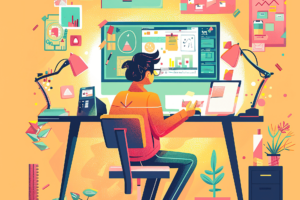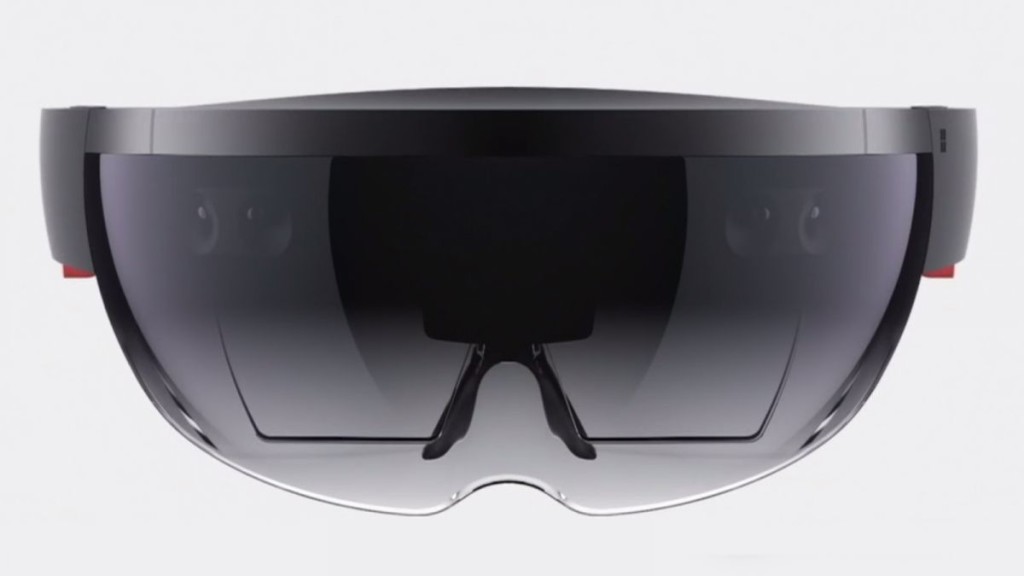Hololens, Is This For Real?
January 22, 2016
Microsoft will soon release the software development kit for the Hololens. Is this for real? It seems almost too good to be true. I cannot wait to get my hands on the development kit to determine its capabilities.I’ve seen the demos and videos. If it works as prescribed, this could change a lot of things, media consumption, training and education, communication, design.
In this post I’m going to come up with an idea of how to use the Hololens and dissect it. There are thousands of good ideas. The consumer facing ideas seem more obvious to me. The whole family could just watch Netflix on their Hololens. Will everyone just walk around with these huge glasses on their face? And what is going on with Magic Leap?
Back to my idea for the Hololens. I would like to focus on the construction industry. I’m not sure if this would be a good fit or not. But here are some thoughts on whether this would work or not. The idea is for construction workers to wear a Hololens in order to see real-time designs and stats. Is there an ROI?
- How well can you see with the Hololens? Would it limit construction workers field of vision?
- Could the Hololens overlay 3d renderings of the building on the actual construction site? This would be amazing. I feel to make this happen beacons would have to be set up to provide context and boundaries. That way the Hololens can orient itself and properly lay down the 3d rendering.
- This could also be used by architects of course to show clients their vision. Maybe that’s an even better idea.
- Bring up blueprints on the Hololens.
- Real-time stats on equipment and tools in front of you. Is that helpful?
- Advice, let others see what you’re doing and ask for real-time advice. Could they draw on your screen to give you tips for how the particular construction product will fit?
- Have a manual in front of you for new equipment/tools.
- Provide a tape measure. How would this work? Could you point with your fingers what you wanted to measure? I’m not sure if the Hololens will have the depth perception of Google Tango or the Kinect.
- Real-time video feed from a drone.
- Real-time vital sign stats of yourself and your crew.
Those are my initial ideas. Nothing ground breaking there. Maybe most of the use cases will be in entertainment and media. The porn industry will have a field day with this.
I also think hospital workers could benefit from this. Although the lack of eye contact could be an issue. What about software developers? How could the Hololens work for them? Will it display existing screens or can you create new screens from scratch? Could developers have five screens up? Could another developer just jump on your Hololens and see what you’re doing, like skype on steroids?
I have a lot of questions about the Hololens. How many hours of development will it take to develop a useful application? What’s useful? Something similar to the quality that Microsoft shows on their Hololens website. What will be the price of the Hololens over the long term? The initial SDK is $3,000, not cheap. But I imagine the retail price will hopefully be under $1,000.
It’s exciting times for augmented reality. I want my world to be augmented, sometimes.
Related posts

Introducing Auggy AI: A Conversational AI Assistant
Embracing AI sounds easy but it’s often hard to know what and how to implement AI. To that end, we built an internal custom AI assistant. Our AI assistant Auggy is built to respond accurately to questions regarding our internal policies, manage project tasks, and provide updates on JIRA, to create, and view events, allowing …

Why AI
Why are we excited about AI? There is definitely a lot of hype around AI. The hype is exciting but also deafening sometimes. Everyone feels the pressure to build and engage with AI. It’s magical, life changing. That’s kind of all true. But there is a lot of work to be done to achieve that …

Designer Diaries: Our discourse with AI towards customized design
UX designers often face creative blocks, making conceptualization and execution challenging, particularly when working under tight deadlines. Traditional design workflows can be time-consuming and relatively less productive. Hence in an attempt to rapidly generate new ideas, visualize complex information, and interact with the team, we chose to blend AI for the design process. So what …

